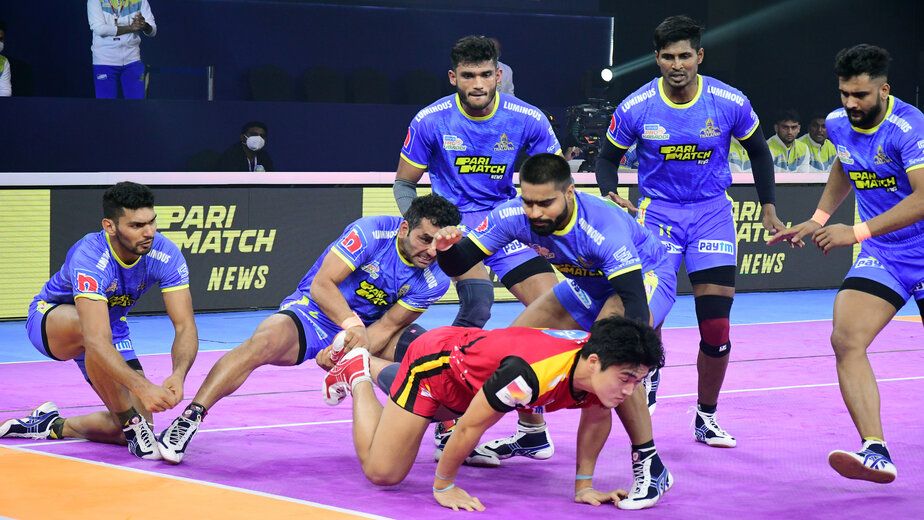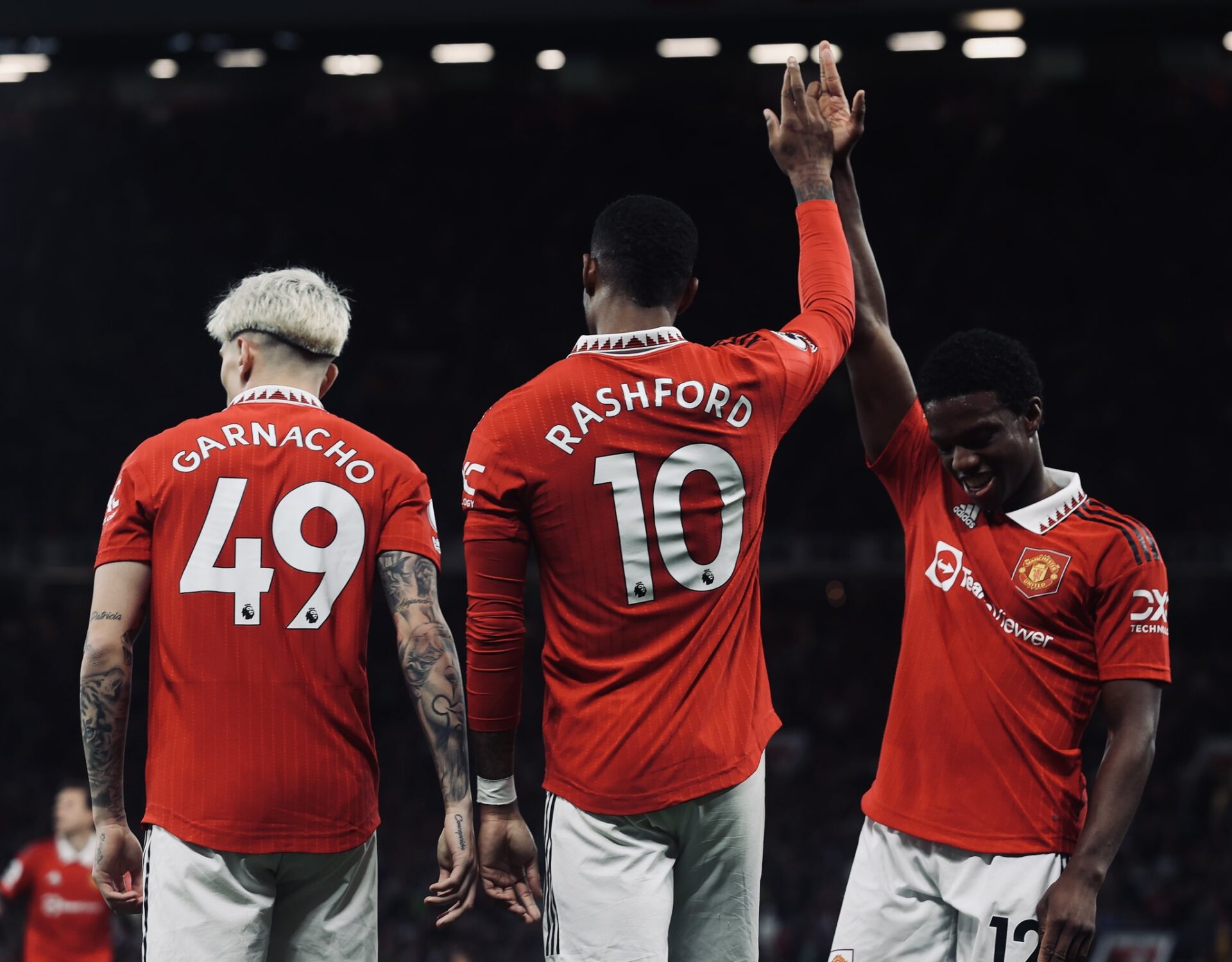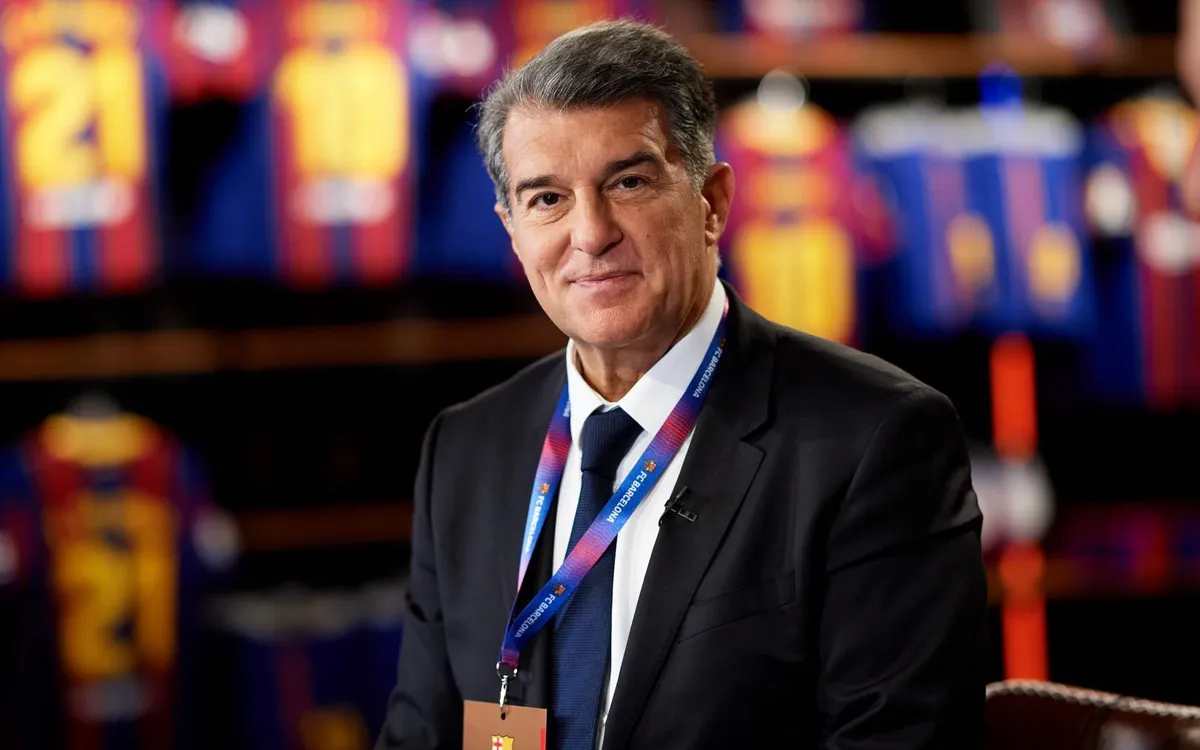Since the Pro Kabaddi League (PKL) introduction, Kabaddi has gained back its spot in people’s day-to-day conversations. As per various reports, PKL is the second most-watched league after IPL. However, as a sport, Kabaddi has evolved a lot from its initial avatar described in Mahabharata to reach the current format.
Kabaddi: Explained
The sport is played in three formats: Standard-National, Circle, and Beach Kabaddi. Further, there are four format-forms of Kabaddi, Amar, Suranjeevi, Huttuttoo, Gaminee.
While the formats vary slightly, Kabaddi is essentially a combative sport with seven players on each side or team. The main goal of the sport includes raiding or breaking through the seven players of the opposing team and touching as many players as one can without breaking the chant Kabaddi and safely return to the home base. At the same time, the opponents try to catch the attacker, thus ultimately resulting in a struggle between the two parties.
Ancient origin
This game of stamina and agility has been historic since ancient times. Kabaddi as a sport was introduced in India to help young men work on their speed and strength. Initially, the increase in defensive abilities and the agile movement towards attacks were primary motivations behind playing Kabaddi. According to the classic Indian mythology, Mahabharata, Arjuna, one of the five Pandu sons harboured a specific skill set wherein he could break through the wall of the enemies, destroy them all, and come back without a scratch on his body. Buddhist scriptures also mention that Gautama Buddha often played Kabaddi for his merriment and used it to
display his strength and power.
Kabaddi’s journey in contemporary times
Kabaddi was honoured at a national level in India in 1918. As an outcome, the game’s rules and guidelines were deliberate upon and standardised, but the rules and procedures were ultimately published years later, in 1923. In the same year, an All-India Kabaddi Tournament (AIKT) was conducted in Baroda, where the players vigorously stuck to the sport’s rules and guidelines. The sport was featured in the Berlin Olympics in 1936 as an exhibition sport. Further, the sport officially began at Calcutta’s 1938 Indian Olympic Games, earning it extensive glory.
In 1961, the Indian University Sports Control Board (IUSCB) covered the sport of Kabaddi in its class as a high sports conditioning area for the students. Later, it turned into one of the critical games in schools through the School Games Federation of India (SGFI) in 1962. This choice accomplished the vital position in encouraging the school-going children to participate in state and country-wide position competitions for the sport, organised through the SGFI. Another enhancement in the records of Kabaddi in India took form in 1971 when the National Institute of Sports (NIS) covered Kabaddi in the class of Regular Diploma courses.
In 1994, Kabaddi was introduced in the Asian Games where the Indian team won the gold medal. The team also won the titles in 1998, 2002, 2006, 2010, and 2014. The team also won eight out of ten World Cups played till 2020.
India’s performance at the national and international level has led to the increase in the popularity of the sport leading to the organisation of commercial leagues such as the Pro Kabaddi League (PKL), launched in 2014. Since then, the league has extensively grown in viewership, thus bringing the sport that was widely played at the grassroots level to the national commercial level and gaining significant attraction.
Conclusion
Kabaddi’s influence has grown over time, from a favourite sport in ancient India to a sport honoured at a national level. Numerous foreign and national Kabaddi events have been conducted, with the Indian national Kabaddi squad performing extraordinary accomplishments.
The future of Kabaddi will go beyond the realms of India and its neighbours. While the sport enjoys enthusiasm in the region, growth in a different corridor of the world is of extreme significance for the sport’s survival. This journey has already started with multiple countries
Outside Asia are competing to become the upcoming world-beater. Kabaddi might gain a permanent place in the Olympics in the coming decade.
Written by: Mohak Arora, Parimatch Brand













